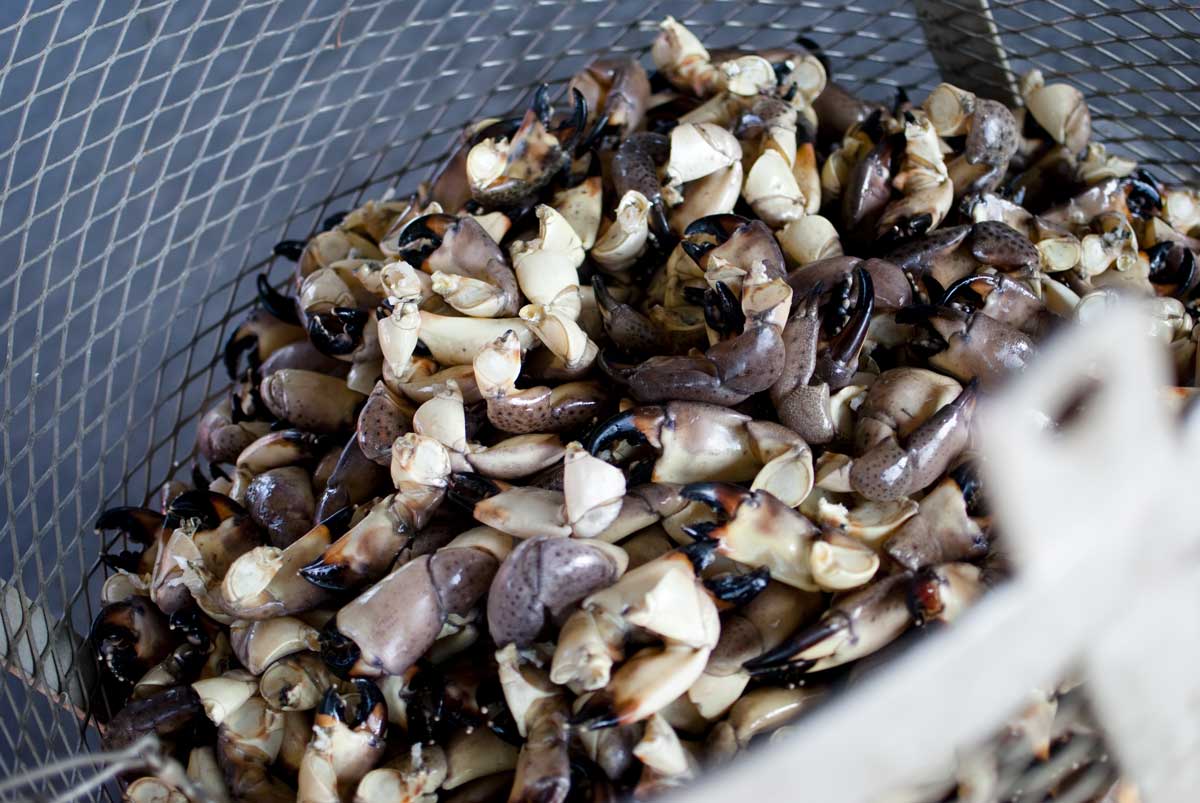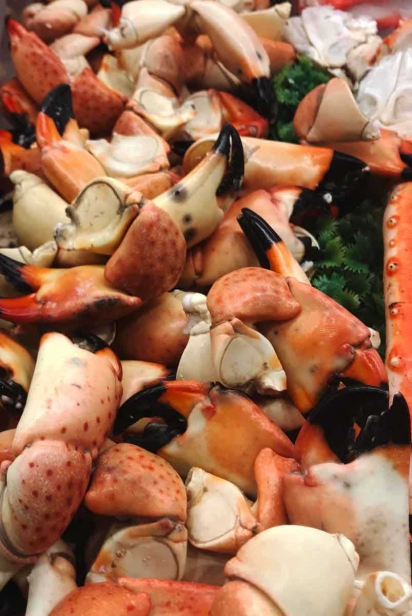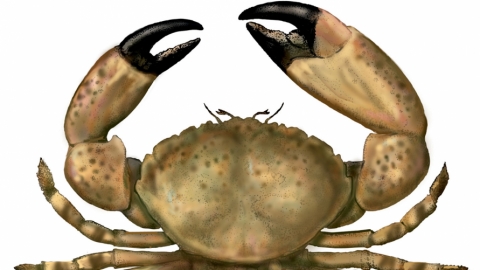Stone Crabs Continue Decline, Season May Shorten
Moving the end of Florida stone crab season a month earlier and increasing the minimum claw size are two potential regulations state officials will consider as they seek to stem the declining population of the popular crustaceans because of overfishing.
The Fish and Wildlife Conservation Commission is holding virtual workshops June 16 and 18 to gather input about managing the stone crab fishery. Since the 1990s, commercial landings have declined by 22 percent – 712,000 pounds of claws, representing a loss of $8.3 million in potential annual dockside revenue, says spokesperson Amanda Nalley.
One proposal calls for ending the season on April 9 instead of the current May 15. “The current closed season for stone crab has been in place since 1971 (established by the legislature) and was intended to prohibit harvest during the stone crab spawning period, and to avoid the fishery interacting with egg-bearing crabs,” Nalley says. One main concern is that the earlier date could impact stone crab sales for Easter, but seafood markets would be allowed to sell stone crab claws to consumers after the season has ended so long as they have inventory, she says.
Other proposed changes call requiring an escape ring in all plastic and wood stone crab traps before the 2023/2024 season. This allows bycatch and undersized stone crabs to escape. Many commercial stone crabbers already use them in plastic traps, but it’s not required.
All commercial and recreational stakeholders interested in stone crab management are encouraged to attend the workshops, held online at 6pm on June 16 and June 18. Find out more information here.








